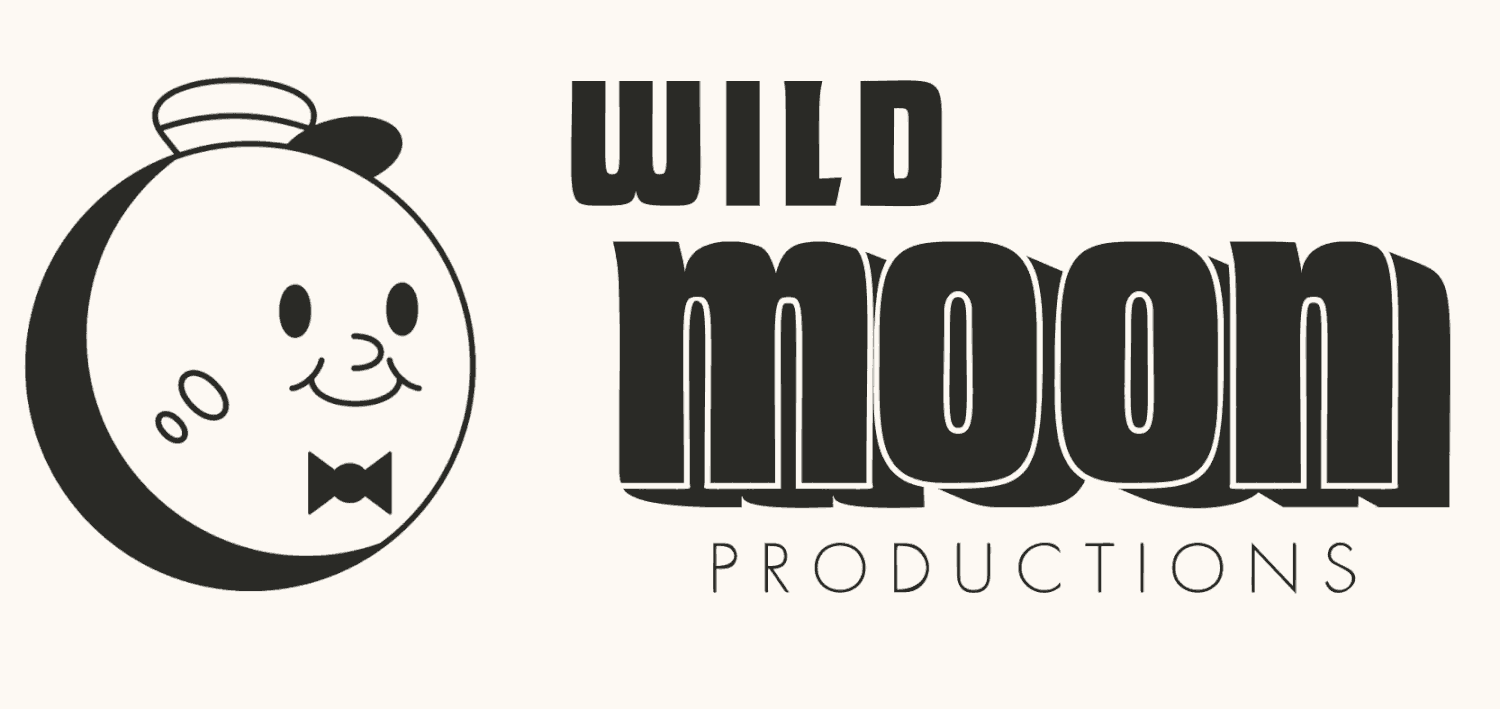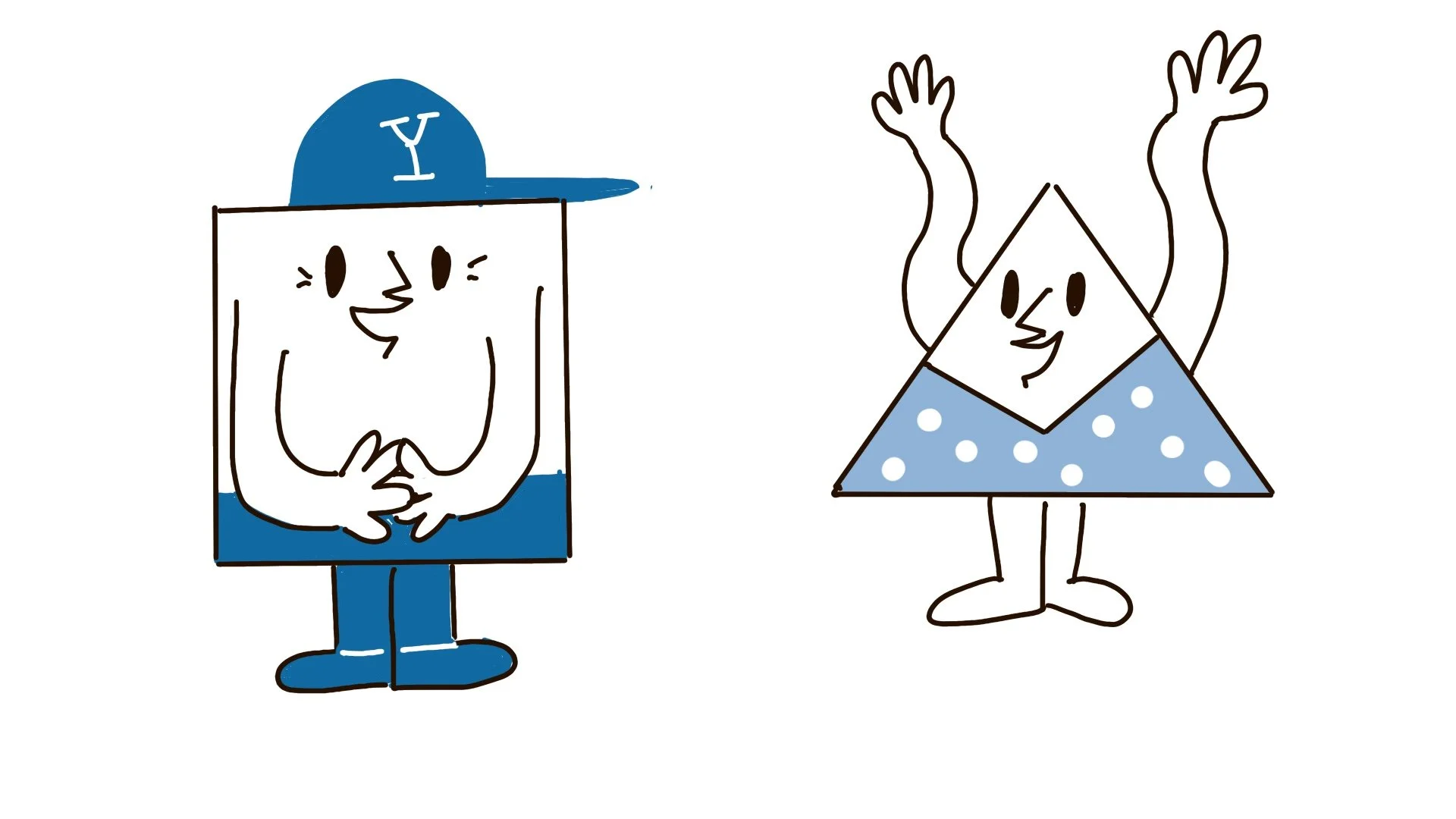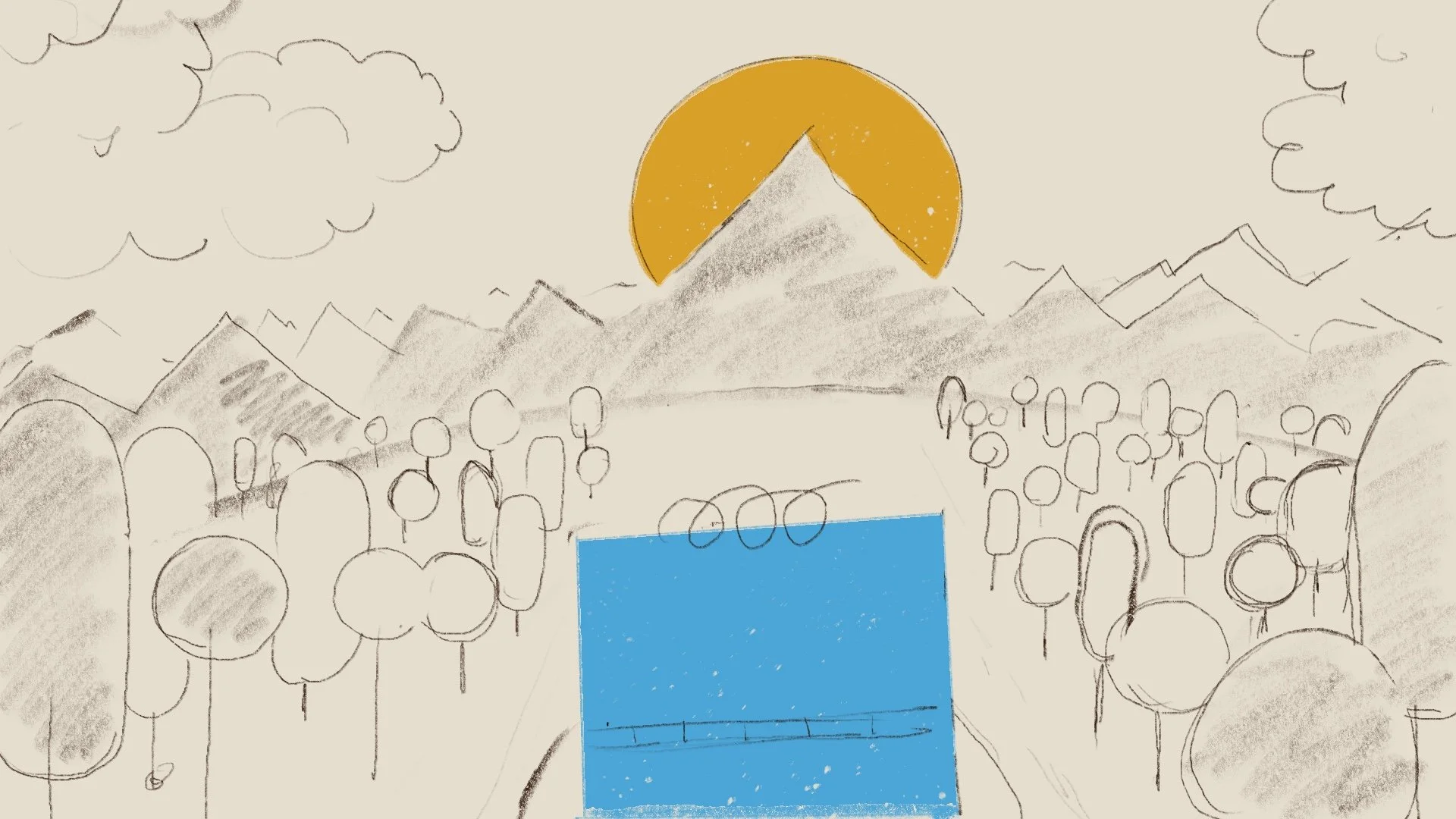#03 • Proportions
When we begin stacking shapes on top of one another, we find that they resemble the human figure the top shape being the head and middle shape for the torso and a bottom shape for the legs. We can use our imagination to discern what a shape might represent for example if we use a circle for the legs, we might have a character with a wheel, a square for the head might be a robot head. A triangle torso looks like a dress and someone we can play with the stacking order to find all kinds of combinations.
1. Contrast in size
We can begin to add interest by contrasting the size of the shapes. We can stretch them elongate them when we have characters lined up like this we can contrast the size of the characters, and of course, we can also taper the wits of these shapes to create more variety.
2. It all hinges on this
The human body is often drawn as being eight heads tall with the legs beginning around the midway point if we want our shapes to have human proportions, we can aim for these divisions, but if we’re creating cartoonish characters, we don’t necessarily need to adhere to these principles you think of each division as a point where the body hinges and is a place where we can tilt the body slightly rotating to a add dynamism to begin making these look more like characters.
3. Adding curves
We can begin adding curves to the shapes, combining them with our straight lines stretch stretching things out at certain points, biotic more shape shapes. Our character starts to take on more personality. Here’s an interesting hat. We can add a little triangles for the feet rectangles for the arms and so.
Now Let ‘s take these ideas and spend 10 minutes turning shapes into characters
Assignment: Fill a page with variation on three shape characters



